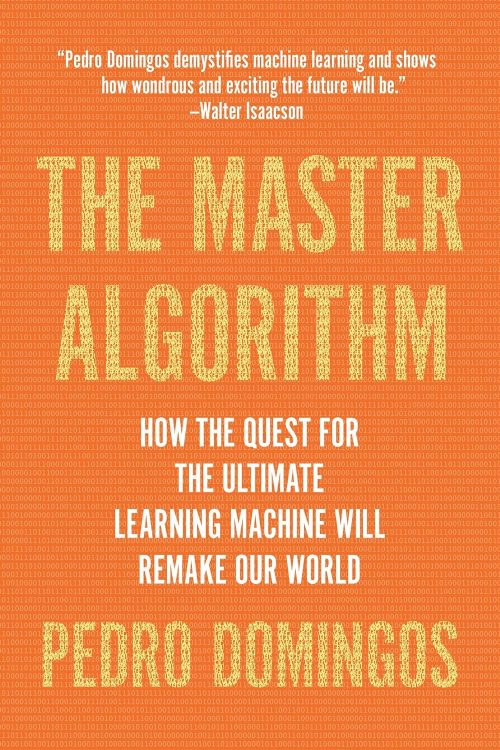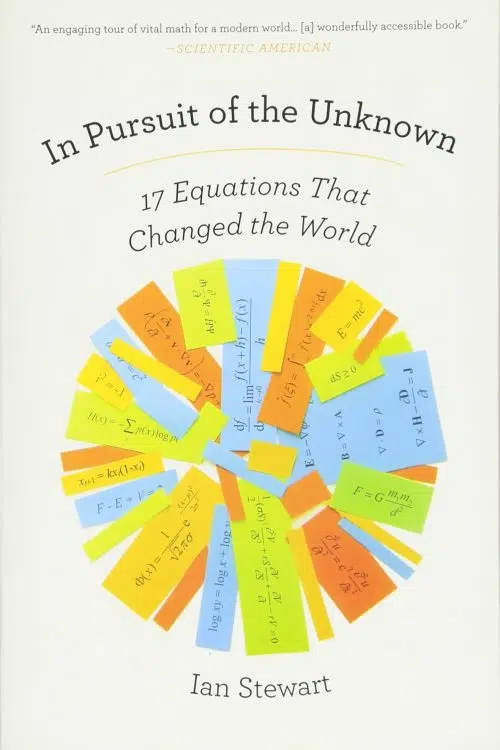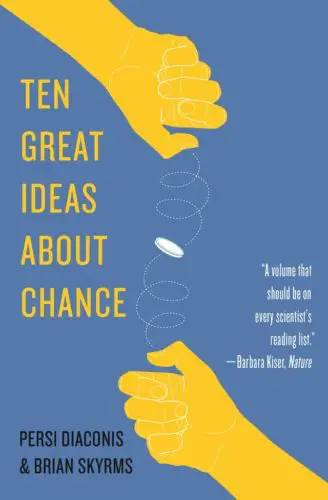In an era where data drives decisions, “The Art of Statistics: How to Learn from Data” by David Spiegelhalter arrives as a critical tool for demystifying the complex world of statistics. The book succeeds in presenting a subject that could easily be dense and inaccessible, with clear, comprehendible, and even enjoyable prose.
Spiegelhalter’s key themes center around the indispensability of statistical literacy in knowing which questions to ask, how to analyze received answers, and the importance of interpreting data correctly—skills all the more crucial in our data-saturated age. His ability to anchor statistical concepts to real-world events is a highlight, ranging from the analysis of medical data to grisly insights into crime statistics.
One of the book’s strengths is Spiegelhalter’s use of timely and relatable examples that ground abstract statistical ideas in palpable reality. These range from the everyday, like understanding the likelihood of winning a lottery, to life-changing implications, such as interpreting the odds given during medical diagnoses.
Spiegelhalter avoids the pitfall of didacticism, maintaining an engaging voice throughout. He does not lecture but instead guides readers through the arduous process of making sense of data. His passion for statistics is evident, and it is infectious, effectively inviting readers into a world they might have previously shunned due to its intimidating nature.
Critical to Spiegelhalter’s approach is the emphasis on the human factor in statistics. He puts great weight on clarifying questions and assumptions before jumping into analysis, empowering readers to maintain a healthy skepticism about seemingly straightforward data interpretations.
Both novices and those familiar with statistical analysis will discover value in Spiegelhalter’s work. His book serves as an introduction and a reminder of the profundity of statistics. Markedly, the Financial Times praises the book as “a call to arms for greater societal data literacy,” underscoring the book’s timeliness and Spiegelhalter’s role as a champion for the field.
“The Art of Statistics” is not just a book but a manifesto meant to equip the reader with the necessary analytical tools to thrive in today’s data-centric environment. Expertly written and effortlessly readable, it stands as both an ode to the field of statistics and a practical guidebook for the modern reader. In Spiegelhalter’s hands, statistics move from the realm of academia into the practical domain of everyday life, revealing its true art form.
This book receives a hearty recommendation for anyone looking to enhance their understanding of data, improve their decision-making skills, or simply appreciate the oft-overlooked beauty of statistics.
















